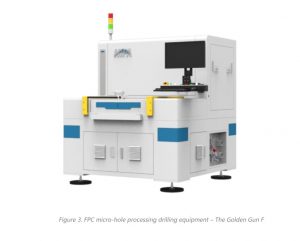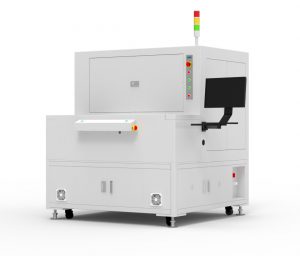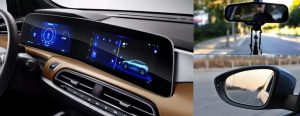Table of Contents
What is Laser Cleaning?
Laser Cleaning is the process of removing the unwanted contaminants or impurities from the surface of a material (metal, plastics, ceramics or glass etc.).
How does Laser Cleaning work?
When extremely short high-power laser pulse interacts with the surface of a material, it can evaporate the contaminants or can provide enough force to eject them from the surface. Laser pulse can selectively ablate and remove the contaminants, without affecting the substrate.
MOPA (master oscillator power amplifier) Fiber lasers are extensively used for laser cleaning both in pulsed and continuous wave form. They provide a better control to laser induced heating effect. Laser Cleaning has been used successfully to remove the oxide layer from the surface of metals, to clean the surface from lubricants or for the removal of paint.
Parameters involved in Laser Cleaning
The use of laser provides a lot of flexibility in materials processing. Depending upon the requirement, various laser parameters must be adjusted to achieve the desired results. The laser parameters like energy density, wavelength, pulse duration (in case of pulsed laser), pulse repetition frequency (prf), beam size must be optimized carefully.
The characteristics of laser beam can be precisely tuned to remove unwanted microparticles without disturbing the surface of substrate. As an example, we can choose a typical wavelength of a laser pulse such that it will be absorbed by the contaminants and they will be vaporized. Whereas, the same wavelength can be transparent for the substrate (e.g. glass) and that’s why it will not damage the substrate surface.
Alternatively, since it is possible that the ablation threshold of surface contaminants and substrate can be different, we can tune the laser power such that it will be enough to remove the layer of unwanted contaminants but the substrate will be completely untouched by that value of laser power. The ablation threshold of rust, paint and oil is much lower than metals like steel or aluminum. We can easily evaporate these unwanted materials without damaging the metals.
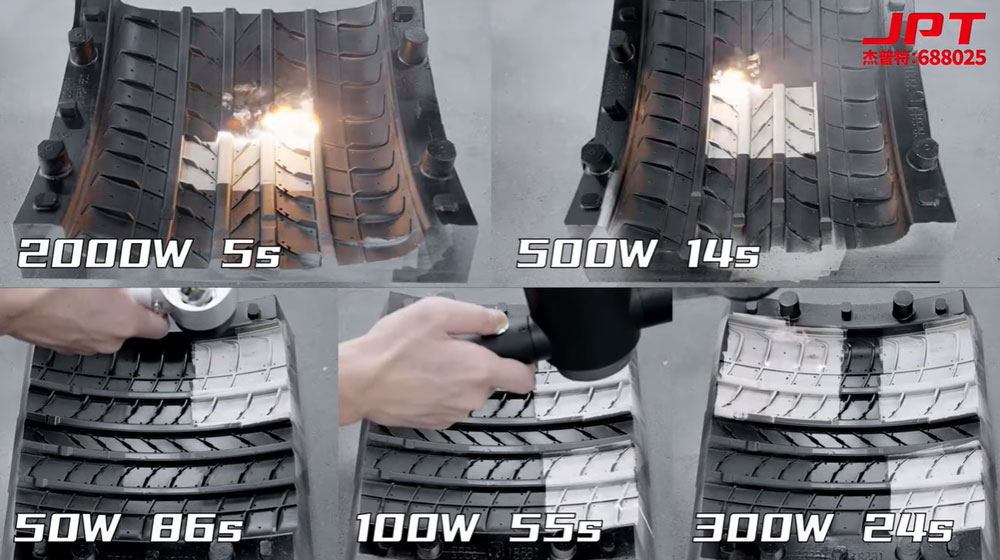
The advantages of using Laser Cleaning
Surface cleaning through traditional methods
Surface Cleaning is one of the important steps in the processing of materials. Interestingly surface cleaning by mechanical or chemical processes (e.g. media blasting and dry ice blasting) is prevalent in most of the industries.
These methods are complex, time consuming and involves a lot of labour. In addition, these methods will produce waste, have precision issues and can be dangerous for environments.
Surface cleaning through Lasers
Laser based surface cleaning, on the other hand, is contactless processing method in which no chemical is involved. And due to negligible waste generation after processing, laser cleaning is regarded as environment friendly technique. In the traditional methods like media blasting and dry ice blasting, surface (substrate) damage is inevitable.
Coating removal chemicals ultimately reacts with the surface of substrate and cause irreversible damage. Whereas laser cleaning provides very high precision with good reproducibility. Laser cleaning has high potential in future industries as they offer these advantages at lessor cost as compared to conventional methods. Due to increased attention, laser hardware’s are getting continuous upgrade.
For example, JPT’s MOPA laser are very attractive for laser cleaning besides other applications. They offer many advantages such as good pulse shape control capabilities, higher electro-optical conversion efficiency, low energy consumption, adjustment free maintenance, flexible fiber transmission output and easy handling.

Different Types of Laser Cleaning Methods
The area of laser cleaning is vast and it may involve different methods of processing such as dry cleaning, wet cleaning, angle-based cleaning, shockwave cleaning, and hydrodynamics-based cleaning.
In these methods dry cleaning, in particular, is most popular in several industries. When fast laser induced thermal energy interacts with contaminants, it generates a force in the form of thermal expansion that helps in the ejection of micro-particles of contaminants.
In case of wet cleaning, an absorbing liquid can be used to convert the laser energy into heat and evaporation that in turn will provide a force helpful in the removal of contaminants.
In angle-based cleaning laser beam incident upon the contaminants at glancing angle that is reported to be advantageous compared to irradiation from perpendicular direction. Shockwave cleaning uses the shock pressure waves that is particularly used to remove the nanoparticles.
Hydrodynamics-based cleaning is like a wet cleaning but it takes the help of high-speed jet of water droplets (about 1600m/sec) to remove the contaminants.
Industrial Uses of Laser Cleaning
Electronics industry
Resin contamination and the formation of oxide layer in printed circuit board (PCB) are the major concern and must be removed before soldering takes place. Resins are formed around the hole while pins of various electronic components may be oxidized. Laser cleaning is most efficient technique to remove contaminants and deoxidization of electronics component pins.
It does not require any chemical (used regularly in traditional methods), contactless processing with great precision without any sign of damage to PCB.
Pre- and Post- treatment in welding and brazing
Pretreatment is an essential part in welding and brazing. They are required in different industries such as automotive and shipbuilding sectors. High quality welding requires removal of ferrous and non-ferrous impurities, lubricants and other contaminants.
Laser cleaning is an obvious choice for these treatments due to its precision, high removal rate, no damage to substrate material, eco-friendly and cost-effective method. They can be also used to remove post weld waste such as oxide and flux materials.
Tyre mold cleaning
With the advent of laser cleaning there is no more issue of spring vent clogging or wear of molds that was prevalent in traditional blasting process. Laser cleaning is fast and reliable solution for tyre mold cleaning.
Similarly, Laser Cleaning is finding applications for rust cleaning in aerospace industry, railway industry, removal of metallic impurities in steel manufacturing etc.
Continuous advancement in laser technology has changed our perception about cleaning process that is an essential part of materials processing in various industries. There is a need of hour to replace traditional cleaning process with laser cleaning to make our environment safe and that too with greater efficiency at lower cost.
Recommend Reading
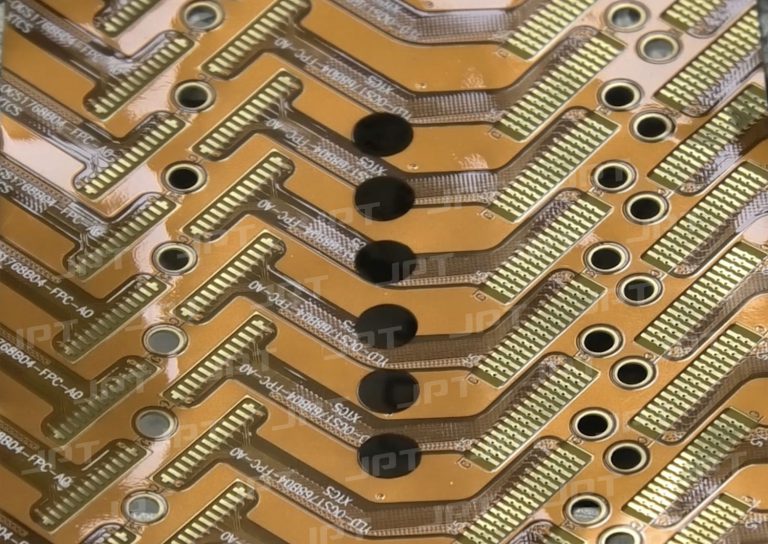
The Complete Guide to Laser Drilling
What is Laser drilling process? Laser drilling process is a vital part of the manufacturing process. Laser-based drilling uses a fiber laser beam to create
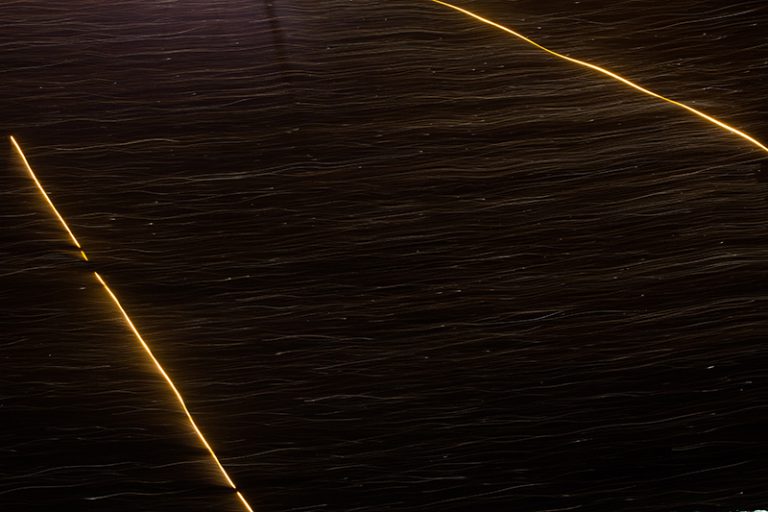
Comparisons of MOPA fiber laser and Q-switched fiber laser
Pulsed fiber laser on current market can mainly be classified into two types, which are based on Q-switching technique and MOPA technique respectively. Between them,

